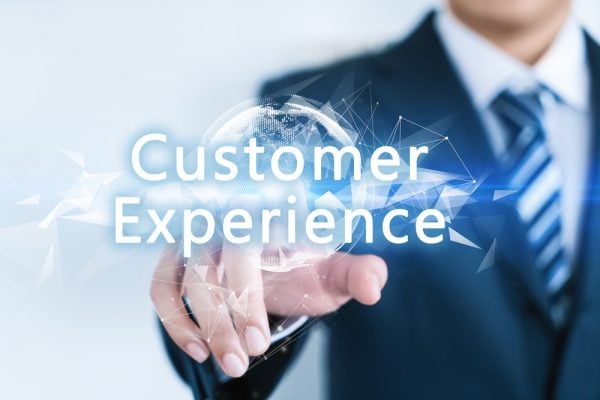
Few in the enterprise world have been able to make their fortunes and sustain businesses at scale based on ‘one-hit wonder’ products or services. Sure, there are exceptions, such as WhatsApp which was sold to Facebook for the princely sum of $19 billion back in February 2014 after just five years in existence but most entrepreneurs have to do things the old-fashioned way: they have to keep on a constant path of innovation, maintaining customer service excellence year after year.
Customer acquisition for any brand is one thing. Delighting them the first time they purchase is quite another but a whole different (and more profitable) story is being able to maintain their loyalty, keeping them as a client over the long term. Getting them repeatedly coming back for more. Only consistently great after-sales service can do this.
Ask a customer what they truly value and the universal answer is remarkably simple: their time. And according to Forrester Research, nearly two-thirds of adults say that the most important thing a company can do is to demonstrate that they value their customers’ time by providing great customer experience, the heavy lifting coming after the initial sale.
I think you’ll agree that most of us would be likely to switch brands if we found the purchasing process too difficult but after one negative experience post-purchase, 51% of us would never do business with that company again (source: Newvoicemedia.com). And this is the power fantastic after-sales service delivers. Most of us accept the fact that not every experience will be perfect first time but it is how an organisation deals with us when the going gets tough which determines whether we will buy from them again – or not.
Traditionally, after-sales service has been defined by the phone call but a decade ago, things started to change: 2010 was the year WhatsApp emerged as one of the most common messaging apps. The very next year, Facebook launched the Messenger app and others followed. Suddenly there was a way to communicate with people without having to talk. But this was firmly in the person-to-person (P2P) domain only.
Businesses started to switch on to the incredible power of digital channels using SMS, (particularly two-way) to help them converse with their clients. This provided a great way of saving all stakeholders time answering after-sales oriented questions, taking some of the load off traditional call centres – saving enterprises money in the process. Interactions now cost brands pennies instead of dollars, pounds or Euros.
Whilst (A2P, bulk, B2C, B2B) SMS is the undoubted ‘king of the hill’, where client engagement is concerned, if looking at any one digital channel in isolation (98% of all SMS being read within 5 minutes of receiving them tends to have that effect…), Intis Telecom is extending your ability to engage with customers via chat apps too. This is great news. 60% of customers make a digital self-service tool their first choice for after-sales service – providing one is available! (source: American Express)
Whilst some maintain that any enterprise’s focus should be on client acquisition, here at Intis Telecom we firmly believe that it doesn’t make sense to prioritise acquisition over satisfaction. Growing businesses need both. And we most definitely practice what we preach.
We’ve been in the business of delivering marketing and transactional content for businesses around the world via SMS and other channels for 11 years now and we wouldn’t have been around so long and growing at the rate we are if we didn’t know the importance of great after-sales service ourselves. When it comes to content delivery, you can rely on us to get the job done for you rapidly, accurately and cost effectively. Trust us.



